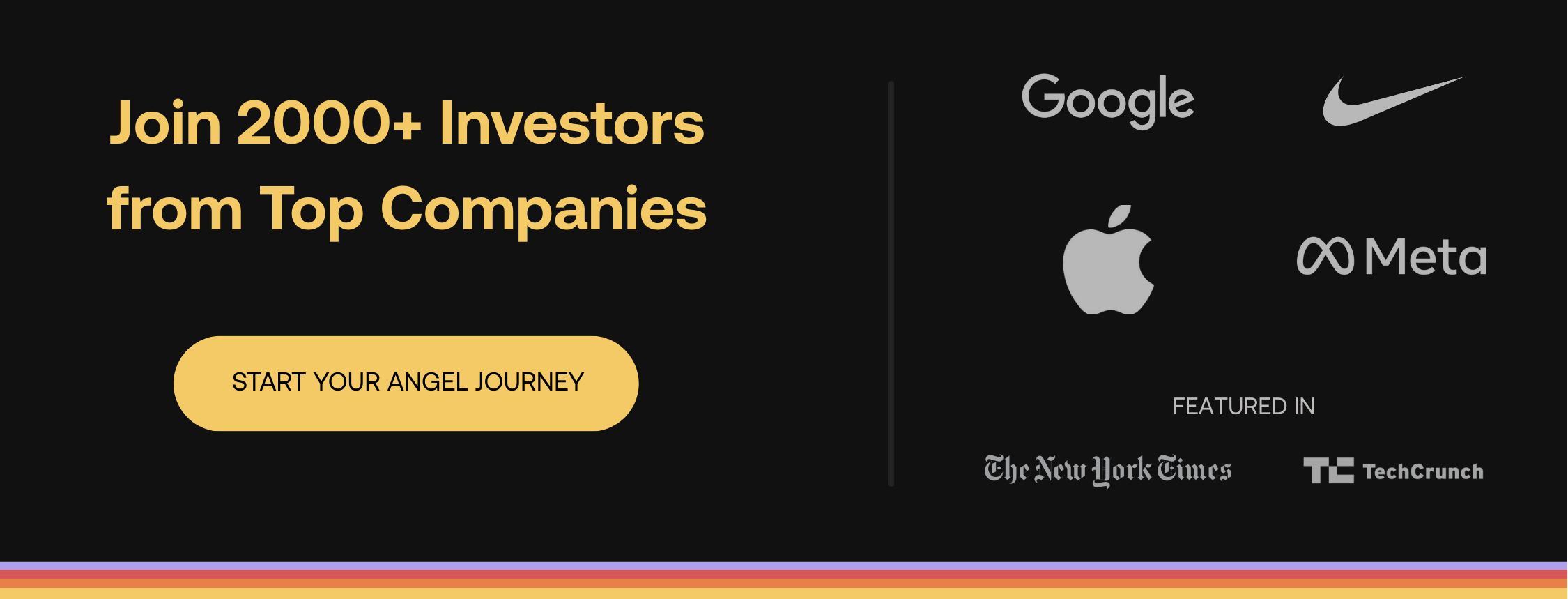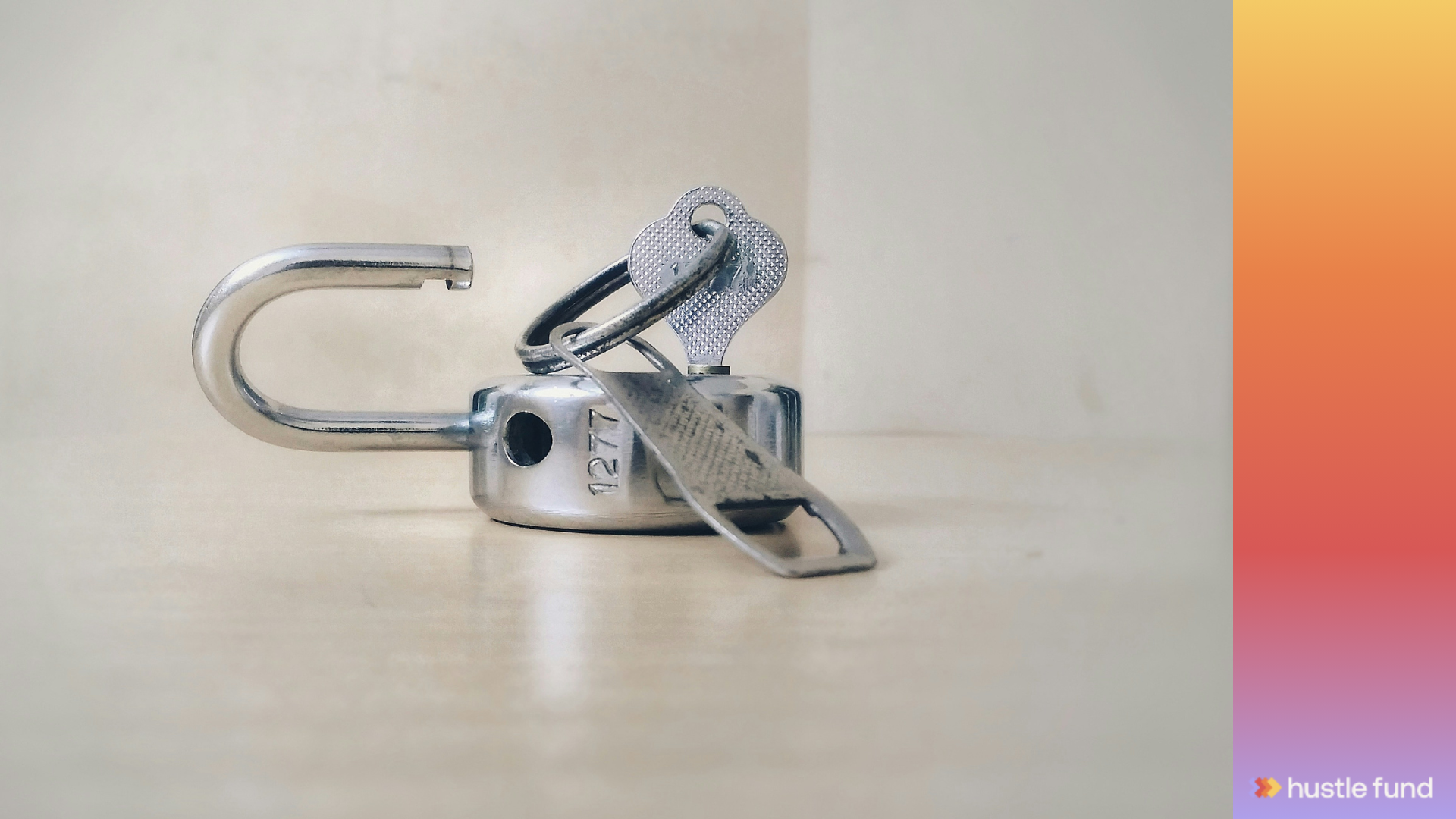Bridge Rounds: The Fundraising Move Nobody Talks About (But Everyone Needs)
.png)
Brian Nichols is the co-founder of Angel Squad, a community where you’ll learn how to angel invest and get a chance to invest as little as $1k into Hustle Fund's top performing early-stage startups.
Look, nobody sets out to raise a bridge round.
When you close your seed round, you're thinking Series A in 18 months, easy. You've got your growth projections mapped out, your unit economics dialed in, and your pitch deck looking crisp. Then reality hits. Maybe you need three more months to nail retention. Maybe your lead gen cost is higher than expected. Or maybe you're actually doing pretty well, but the A market just isn't there yet.
Welcome to bridge round territory.
What Exactly Is a Bridge Round?
A bridge round is exactly what it sounds like. It's capital that bridges the gap between your last round (usually seed) and your next major milestone (usually Series A). Think of it as the financial equivalent of asking your parents for grocery money because payday is still a week away.
These rounds typically range from a few hundred thousand to a couple million. They're smaller than a full Series A but big enough to buy you meaningful time. Usually 6-12 months of runway, though I've seen founders stretch it further with creative belt-tightening.
The tricky part? Bridge rounds can signal different things to different investors. To some, it screams "this company is struggling." To others, it's a smart move by founders who know what they need and aren't willing to raise a full round at a bad valuation.
When Should You Actually Raise a Bridge?
Here's the honest truth: you should raise a bridge round when the alternative is worse.
That might sound flip, but it's real. If you're three months from running out of cash and you're 70% of the way to product-market fit, a bridge round makes sense. If top-tier Series A funds are circling but want to see one more quarter of revenue growth, a bridge round makes sense. If you can hit your next milestone with six more months of runway, a bridge round makes sense.
When does it not make sense? When you're just delaying the inevitable. If your unit economics are broken and more time won't fix them, don't raise a bridge. If you've pivoted three times and still haven't found traction, more capital probably isn't your answer.
I've seen both scenarios play out. The companies that use bridge rounds strategically? They often go on to raise strong As. The ones using bridges to avoid hard conversations? That rarely ends well.
The Valuation Dance
Valuation on bridge rounds is weird. Some founders try to keep the same valuation as their seed round. Others bump it up slightly to reward bridge investors for believing. Still others use convertible notes or SAFEs that convert at the next round's valuation.
Here's what we've learned: don't overthink it. If you raised your seed at $5M post and you're making solid progress, maybe you go to $6M or $7M post for the bridge. The key is that the valuation needs to make sense given where you are, not where you hope to be.
Remember, bridge investors are taking on more risk than your seed investors did. They're coming in later, often with less runway, and they need to believe you can hit your milestones. Price your round accordingly.
One trap I see constantly? Founders who price their bridge round so high that it makes their Series A raise harder. If you bridge at an $8M post and can only justify a $10M Series A valuation six months later, you've created a down round situation. Not ideal.

Who Actually Invests in Bridge Rounds?
Bridge rounds usually come from one of three sources: existing investors, new strategic angels, or microfunds that specialize in these situations.
Your existing investors are the obvious first call. They already know you, they've done the diligence, and if they believe in the vision, they'll want to protect their investment.
But here's the thing about existing investors: they're not obligated to participate. If they pass, don't take it personally. Sometimes funds have deployment constraints. Sometimes they're genuinely worried about the trajectory. Use it as a data point.
New investors can be gold for bridge rounds, especially if they bring strategic value. Maybe it's an operator angel who can help with sales. Maybe it's an industry expert who can open doors. These investors see the bridge as a chance to get in before the Series A at a more reasonable price.

The Mechanics of Running a Bridge Process
Running a bridge round is different from running a full fundraise. Speed matters more. You probably don't have six months to run a process. You might have six weeks.
Start with your existing investors. Give them first right of refusal. Then move to warm intros from your existing investors or advisors. Cold outreach can work, but you need to be efficient about it.
Your deck should be brutally honest. Show where you are, show where you need to get to, and show exactly how much capital you need to get there. Bridge investors want specifics, not hand-waving.
And please, for the love of all that is holy, don't pretend the bridge round isn't a bridge round. Own it. "We're raising $500K to extend our runway by six months so we can hit $50K MRR before raising our Series A." That's a real sentence a founder can say that actually lands.
What Happens After You Close the Bridge?
Two things need to happen after you close a bridge round: you need to execute, and you need to start laying groundwork for your next raise.
On execution, this is obvious but worth saying. You told investors what you'd accomplish with this capital. Go accomplish it. Bridge investors are watching closely because they're evaluating whether to participate in your A.
On the next raise, don't wait until month 11 of a 12-month bridge to start having Series A conversations. Start at month 6. Build relationships with A investors while you're hitting your milestones. Show them the progress. Let them see the momentum.
The best bridge rounds lead to oversubscribed Series As because founders used that bridge capital to de-risk the business and prove out their model. The worst bridge rounds lead to another bridge round, and another, until the company dies slowly of a thousand cuts.
Real Talk: The Risks
Let's be clear about what can go wrong.
Bridge rounds can tank your momentum. If you spend three months raising a bridge and then need another six months to hit your milestones, you've burned nine months of calendar time. That's a long time in startup land.
They can also signal weakness to the broader market. Fair or not, some investors will wonder why you needed a bridge. You need to have a strong narrative ready.
And there's always the risk that you take the bridge capital, miss your milestones anyway, and end up in an even weaker position for your Series A. This is the nightmare scenario, and it's why being honest about what you can accomplish is so critical.
When Bridge Rounds Work
I've seen bridge rounds work beautifully when founders use them to solve a specific, solvable problem. Need three more months to prove retention holds? Bridge round. Want to hire that key executive who can unlock the next level of growth? Bridge round. Waiting for a slow-moving enterprise contract to close? Bridge round.
The pattern? Clear problem, clear solution, clear timeline.
At Hustle Fund, we love backing founders who know exactly what they need and why they need it. Bridge rounds, done right, are just another tool in the fundraising toolkit. They're not a sign of failure. They're a sign that you're being strategic about capital and timing.
If you're considering a bridge round, or you're already in the middle of one, remember this: your job is to buy yourself time to prove out your business. That's it. Use the capital wisely, hit your milestones, and tell a compelling story about why this was the right move.
And if you're looking for investors who understand the nuances of early-stage fundraising, including bridge rounds, check out Angel Squad. We work with founders navigating exactly these kinds of decisions, and we'd love to help you figure out the right path forward.













